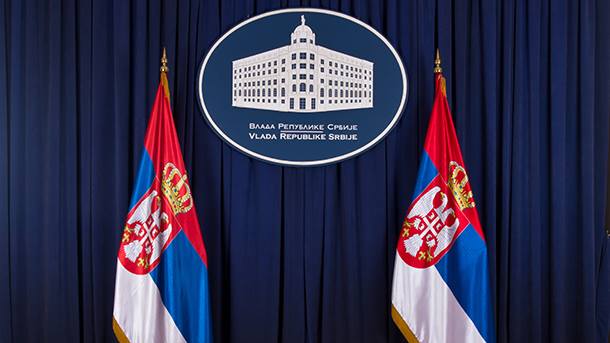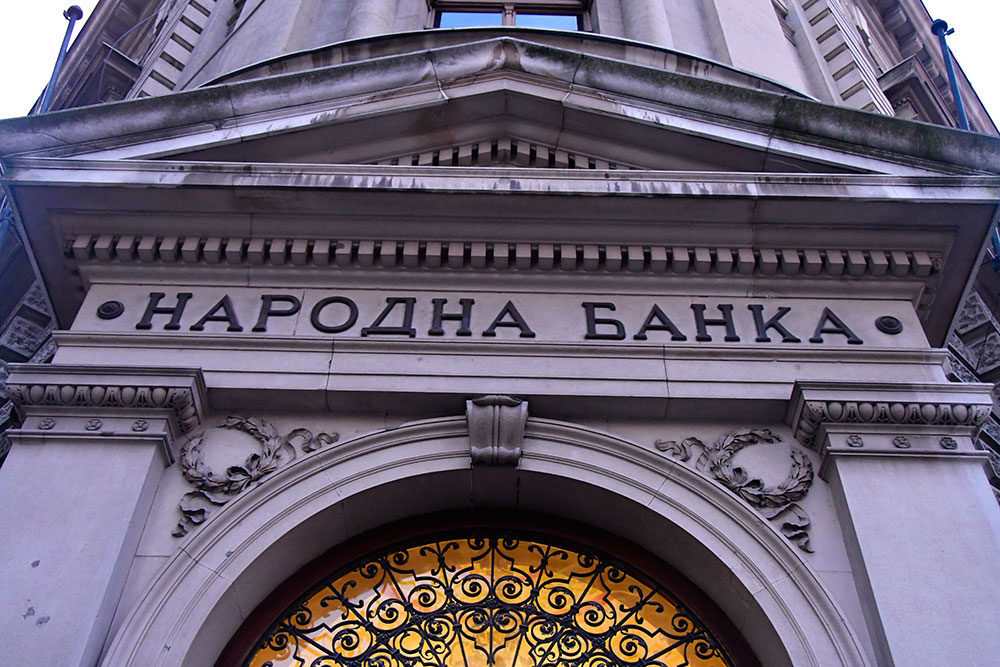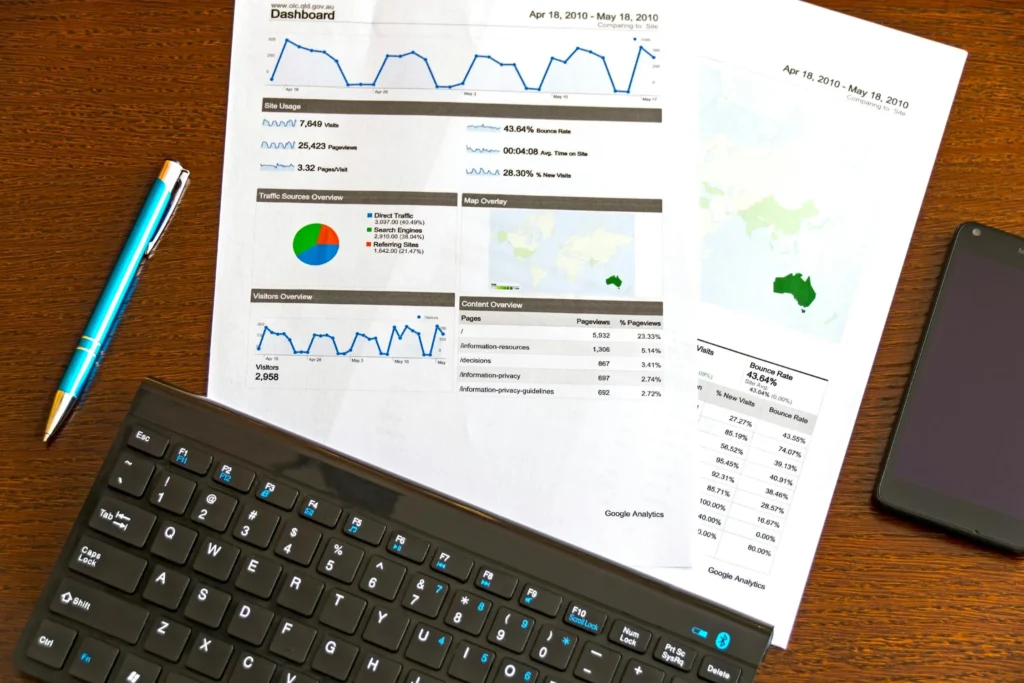Serbia was largely resilient to higher food and energy prices, lower electricity production, drought, and tightening global financial conditions in 2022, but it must pursue reforms to maintain stability and growth, the International Monetary Fund (IMF) said on Wednesday.
After reviewing Serbia’s finances with the government and central bank over the past couple of weeks, the IMF said a EUR 2.4bn stand-by deal agreed with Belgrade last November “remains on track.”
In a statement, the global lender said Serbia’s economic outlook will depend on geopolitical and energy sector developments, trading-partner growth, the inflation environment, and adverse global financial market developments.
“A tight macroeconomic policy mix is needed to rein in inflation, a key policy priority,” the IMF said.
It also warned that, although central bank policies were appropriate, fiscal consolidation should be an important tool in containing inflation.
Last month, the central bank raised its benchmark interest rate by 25 basis points to 5.75%, citing high global cost pressures and imported inflation.
Serbia’s inflation stood at 16.1% in February. Data for March will be released on April 12.
The Balkan country’s economy is expected to grow around 2% this year, with the IMF projecting growth to rise to 3% in 2024 and about 4% over the medium-term period.
But the lender warned that Belgrade must continue with “comprehensive reforms” of the energy sector to achieve higher economic growth.
Serbia produces most of its electric power from aging coal-fired plants and is almost entirely dependent on gas imports from Russia.
Source: Reuters, Momentum





